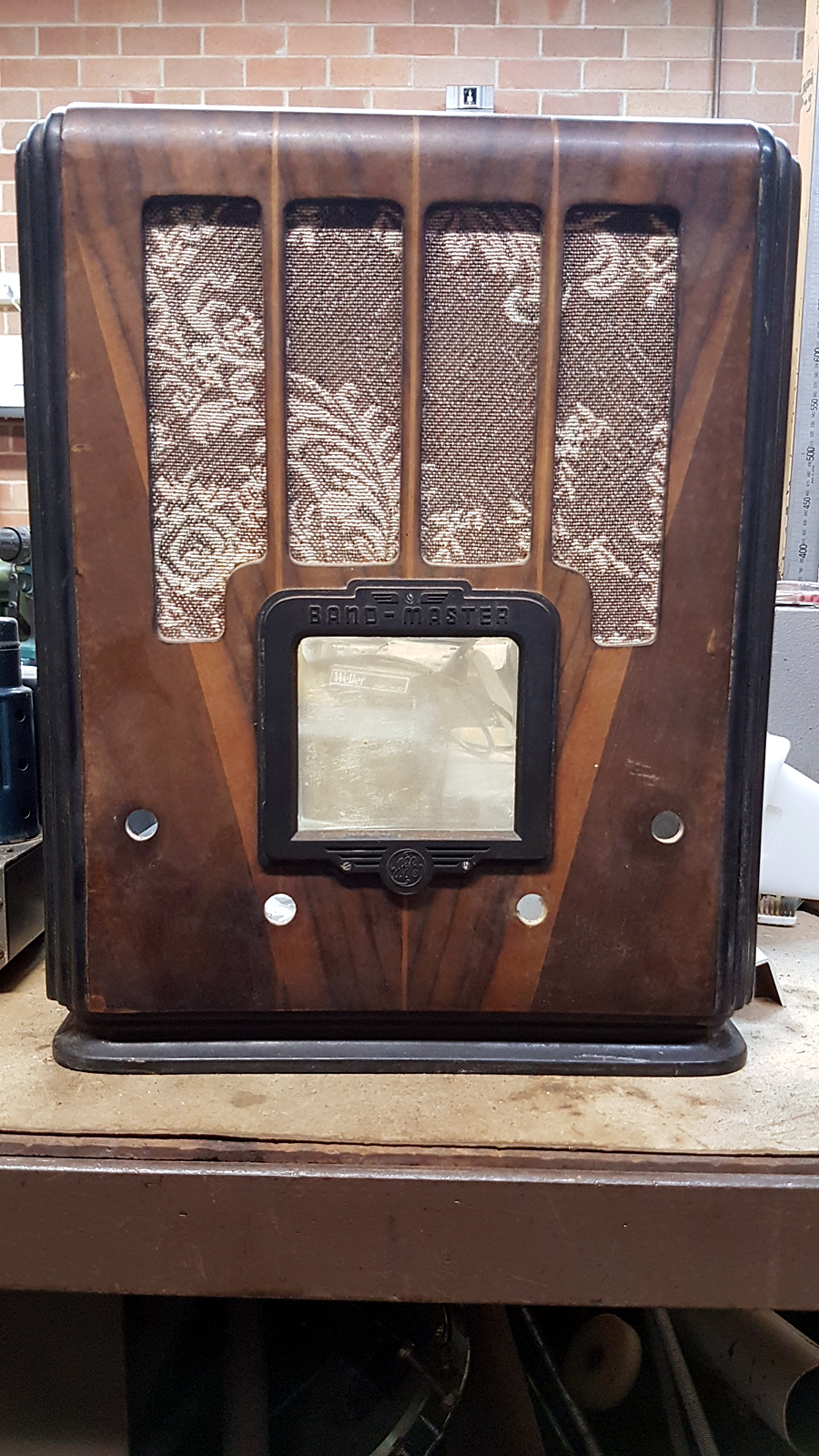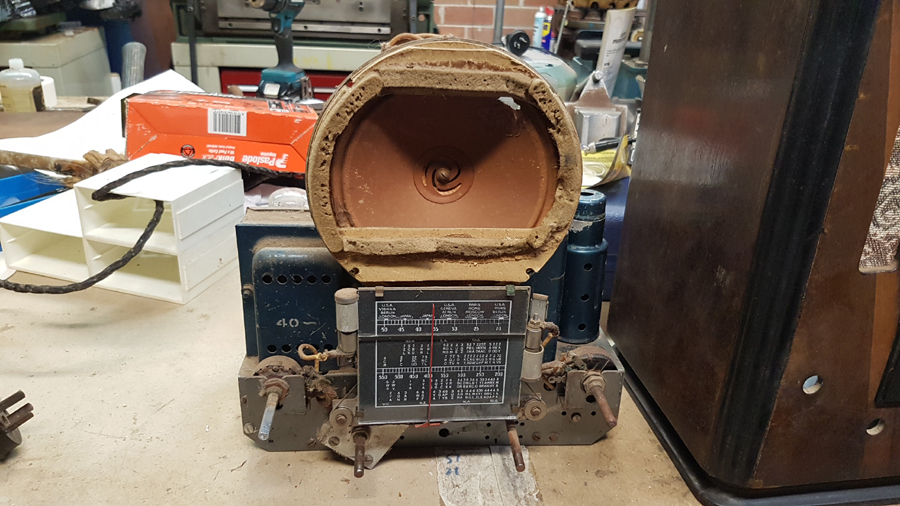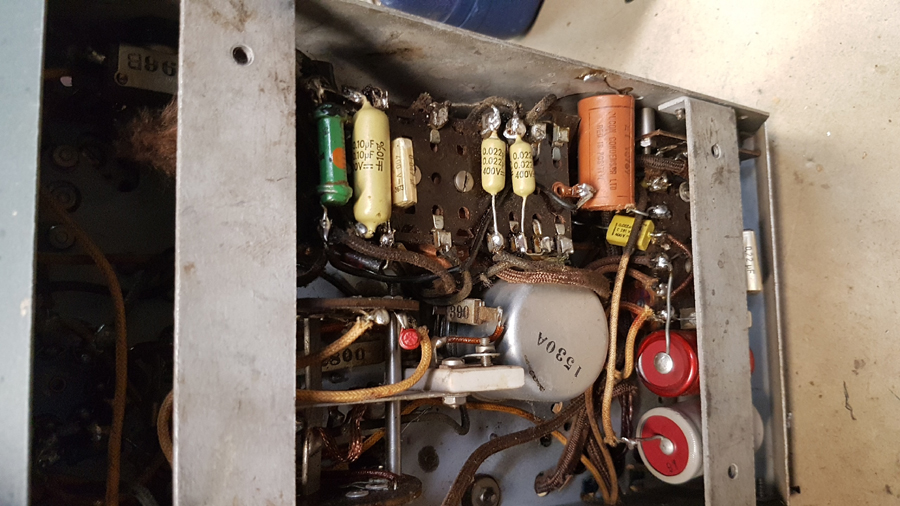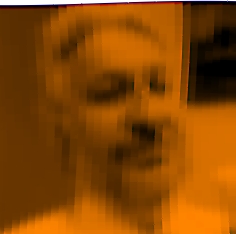General Discussion
Forum home - Go back to General discussion
|
Looking for a Sydney restorer for a pre WW2 radio.
|
|
|
« Back ·
1 ·
Next »
|
|
|
Return to top of page · Post #: 1 · Written at 2:45:35 PM on 17 June 2024.
|
|
|
|
Location: Sydney, NSW
Member since 9 September 2013 Member #: 1407 Postcount: 12 |
|
Hello everyone     |
|
|
Return to top of page · Post #: 2 · Written at 9:26:47 PM on 17 June 2024.
|
|
|
|
Location: Hill Top, NSW
Member since 18 September 2015 Member #: 1801 Postcount: 2191 |
|
Looks like a standard pre-octal superhet set for the time. The big heavy box will probably deter some people. |
|
|
Return to top of page · Post #: 3 · Written at 12:30:14 AM on 18 June 2024.
|
|
|
|
Location: Sydney, NSW
Member since 28 January 2011 Member #: 823 Postcount: 6882 |
|
Lowboy console model 457DE, from 1937 with the same valve line-up, is dual band. |
|
|
Return to top of page · Post #: 4 · Written at 10:09:41 PM on 18 June 2024.
|
|
|
|
Location: Wangaratta, VIC
Member since 21 February 2009 Member #: 438 Postcount: 5589 |
|
Also to be taken into account is that Hotpoint & Bandmaster and GE sets were either made under licence, or badge engineered and the circuit of many were the same, irrespective of what the badge was. |
|
|
Return to top of page · Post #: 5 · Written at 6:44:00 PM on 9 August 2024.
|
|

|
Location: Sydney, NSW
Member since 16 January 2008 Member #: 219 Postcount: 67 |
|
Actually, the 58 first became the 78, when the 55, 56, 57 and 58 had their heaters changed to 6.3 Volts |
|
|
Return to top of page · Post #: 6 · Written at 5:56:42 AM on 14 September 2024.
|
|
|
|
Administrator
Location: Naremburn, NSW
Member since 15 November 2005 Member #: 1 Postcount: 7548 |
|
Photos uploaded. ‾‾‾‾‾‾‾‾‾‾‾‾‾‾‾‾‾‾‾‾‾‾‾‾‾‾‾‾‾‾‾‾‾‾‾‾‾‾‾‾‾‾‾‾‾‾‾‾‾‾‾‾‾‾‾‾‾‾‾‾‾‾‾‾‾‾‾‾ A valve a day keeps the transistor away... |
|
|
Return to top of page · Post #: 7 · Written at 9:04:27 AM on 14 September 2024.
|
|
|
|
Location: Wangaratta, VIC
Member since 21 February 2009 Member #: 438 Postcount: 5589 |
|
The 400V caps are an early polyester and unless the jacket has cracked; the only reason for tampering with them, is if its a wrong part. |
|
|
Return to top of page · Post #: 8 · Written at 2:08:39 PM on 14 September 2024.
|
|
|
|
Location: Melbourne, VIC
Member since 20 September 2011 Member #: 1009 Postcount: 1247 |
|
It looks like a Hotpoint Bandmaster 557DE in a No. 5 cabinet. (Same chassis as AWA Model 38) |
|
|
« Back ·
1 ·
Next »
|
|
|
You need to be a member to post comments on this forum.
|
|

Sign In

Vintage Radio and Television is proudly brought to you by an era where things were built with pride and made to last.
DISCLAIMER: Valve radios and televisions contain voltages that can deliver lethal shocks. You should not attempt to work on a valve radio or other electrical appliances unless you know exactly what you are doing and have gained some experience with electronics and working around high voltages. The owner, administrators and staff of Vintage Radio & Television will accept no liability for any damage, injury or loss of life that comes as a result of your use or mis-use of information on this website. Please read our Safety Warning before using this website.
WARNING: Under no circumstances should you ever apply power to a vintage radio, television or other electrical appliance you have acquired without first having it checked and serviced by an experienced person. Also, at no time should any appliance be connected to an electricity supply if the power cord is damaged. If in doubt, do not apply power.
Shintara - Keepin' It Real · VileSilencer - Maintain The Rage

 300mA, to simplify both car radio and 110V series heater transformerless operation.
300mA, to simplify both car radio and 110V series heater transformerless operation.